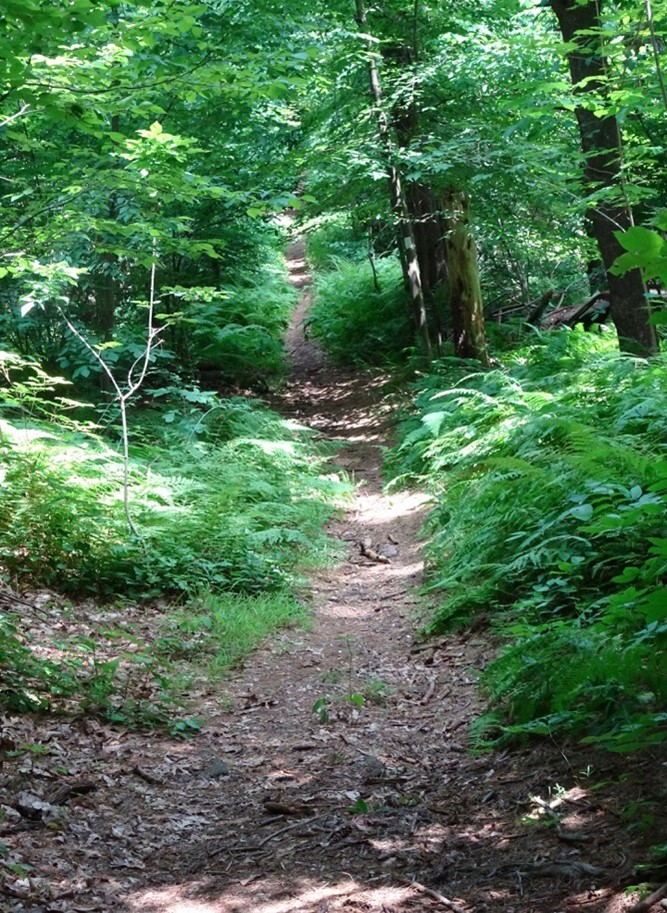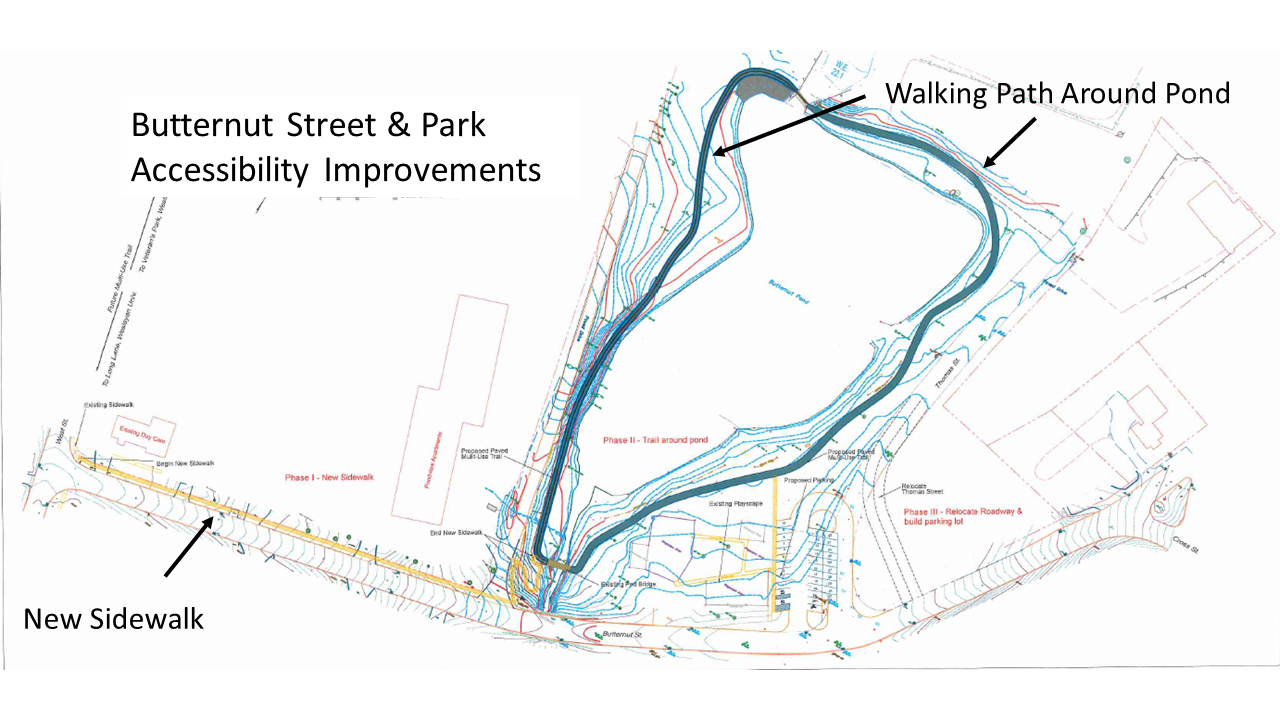by a Middletown resident
 Middletown city representatives have been working hard to provide information about the RIVERBEND development planned for Middletown. The project is being developed very carefully, with information, opportunities to provide input, and time for discussion along the way. The successful completion of the project could help make the best of Middletown and its thriving Main St.
Middletown city representatives have been working hard to provide information about the RIVERBEND development planned for Middletown. The project is being developed very carefully, with information, opportunities to provide input, and time for discussion along the way. The successful completion of the project could help make the best of Middletown and its thriving Main St.
The Riverbend exhibit is adjacent to Perk on Main, in the Main Street Market mall at 386 Main Street and provides up-to-date information on the development, all in one place.
The exhibit has everything needed to begin to understand the current state of planning for Riverbend project. It provides information in various formats, from maps and photos to descriptions & illustrations of proposed stages of development. And it’s meant to evoke the kind of thoughtful input hoped for from Middletown residents.
The exhibit is a clear indication that people involved in planning the project really want & value your input: Without your input they’re not going to be able to consider your thinking on this very important development brewing in our up-and-coming community.
Middletown values your opinion and input. I urge you to look at this excellent exhibit and leave your feedback on the yellow pad. Other information is available at Return to the Riverbend, on the City of Middletown’s website. Also see Dan Haar’s article in the February 26, 2021 issue of Connecticut Magazine, “What’s next for CT’s struggling cities? Middletown’s Main Street may show the path forward.”
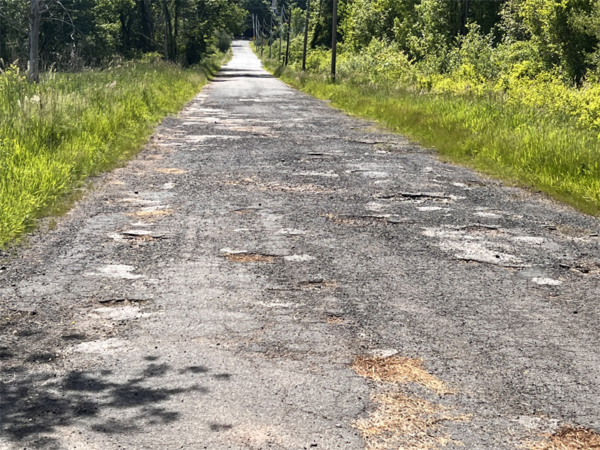














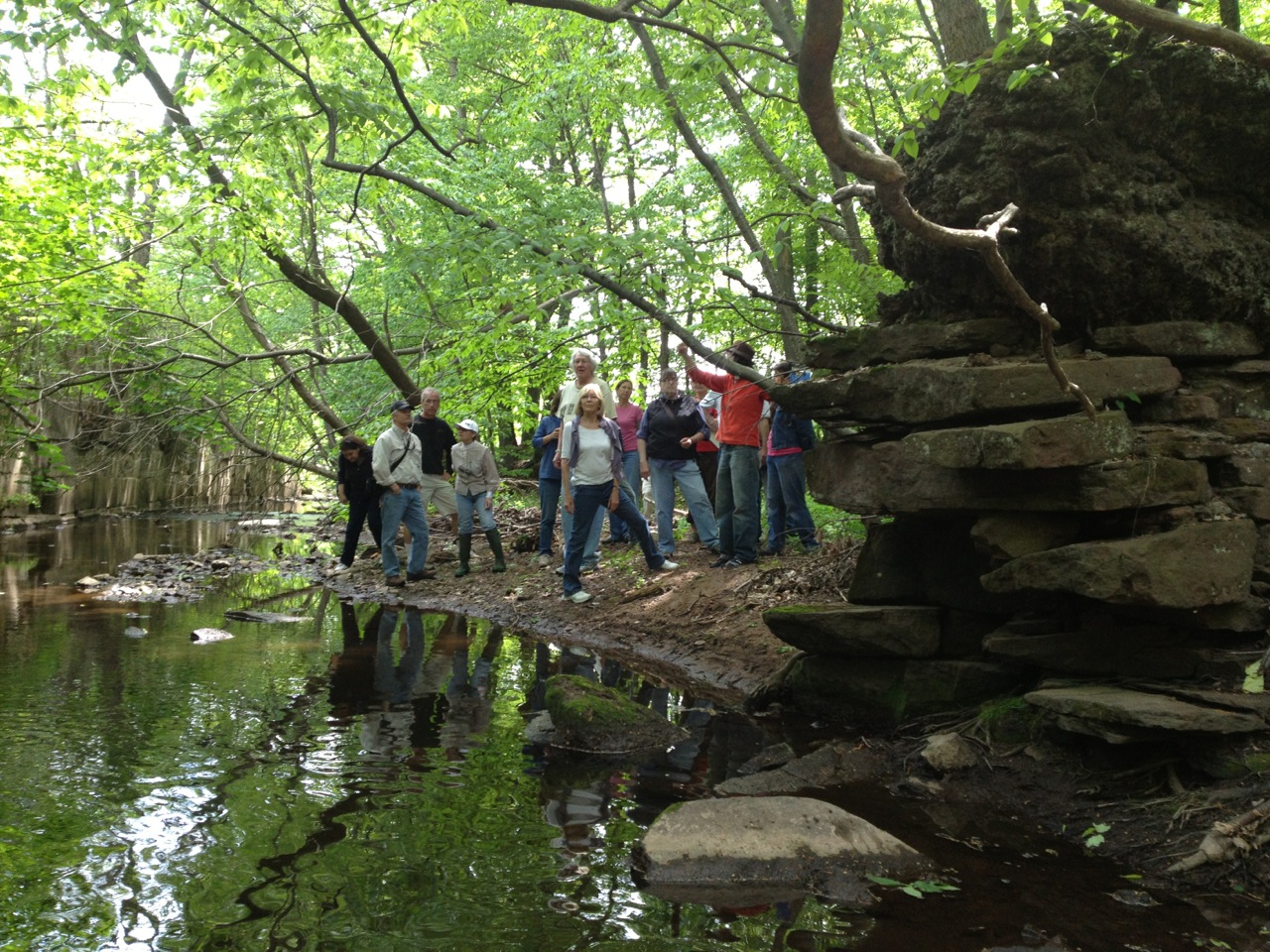
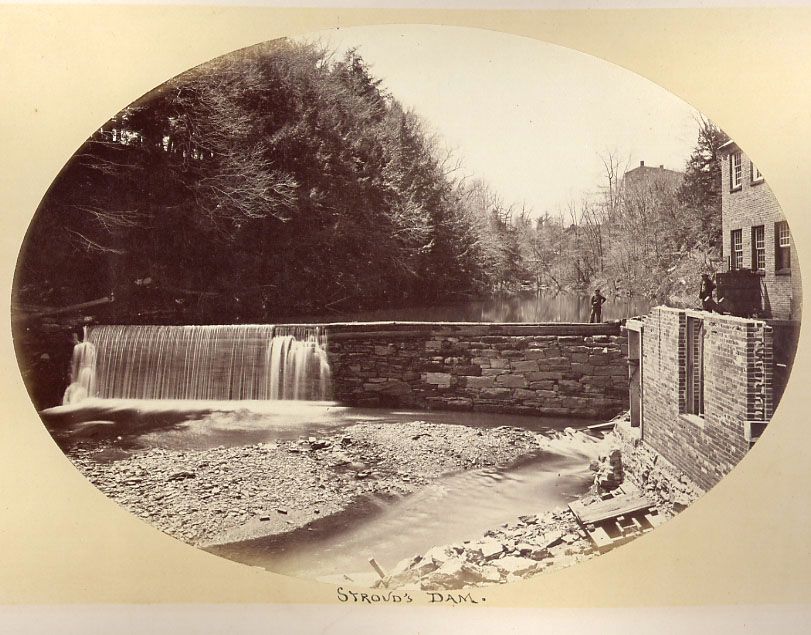
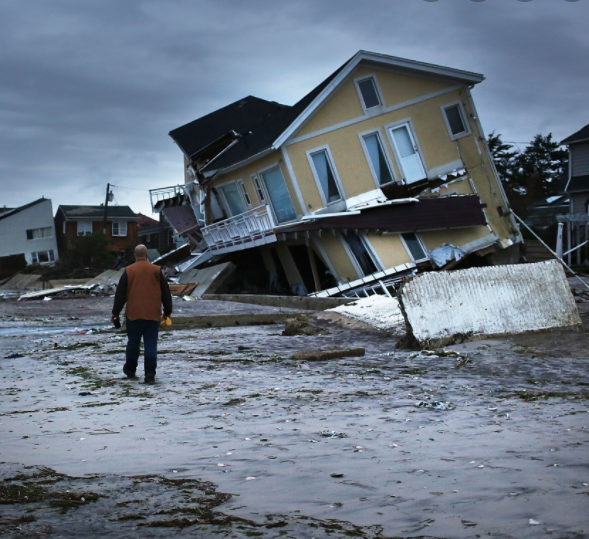
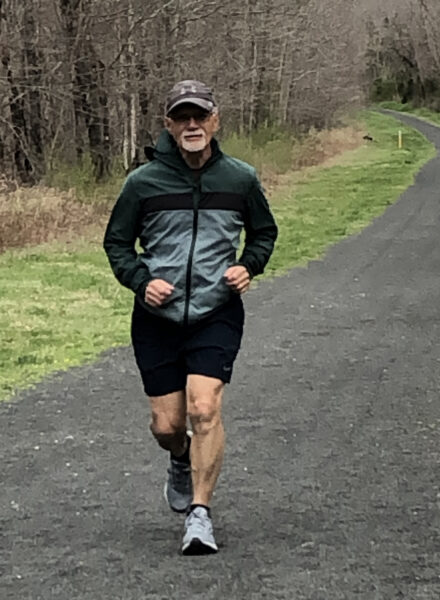 Since 1980, Bob Sequenzia has been running and walking on the Air Line Trail, even when it was an overgrown dirt path prior to its reconstruction for public use in 2016. He runs year-round, but when there is deep snow on the ground he runs a loop on local roads — Job’s Pond, Middle Haddam, Penfield Hill, and Pepperidge. He enjoys the feeling of accomplishment from finishing a run. He starts out with his wife Barbara, also an avid exerciser, before they diverge onto their different routes. Since the pandemic began, Bob has ramped up his routine to 6 days a week, covering 30-35 miles per week on average.
Since 1980, Bob Sequenzia has been running and walking on the Air Line Trail, even when it was an overgrown dirt path prior to its reconstruction for public use in 2016. He runs year-round, but when there is deep snow on the ground he runs a loop on local roads — Job’s Pond, Middle Haddam, Penfield Hill, and Pepperidge. He enjoys the feeling of accomplishment from finishing a run. He starts out with his wife Barbara, also an avid exerciser, before they diverge onto their different routes. Since the pandemic began, Bob has ramped up his routine to 6 days a week, covering 30-35 miles per week on average. 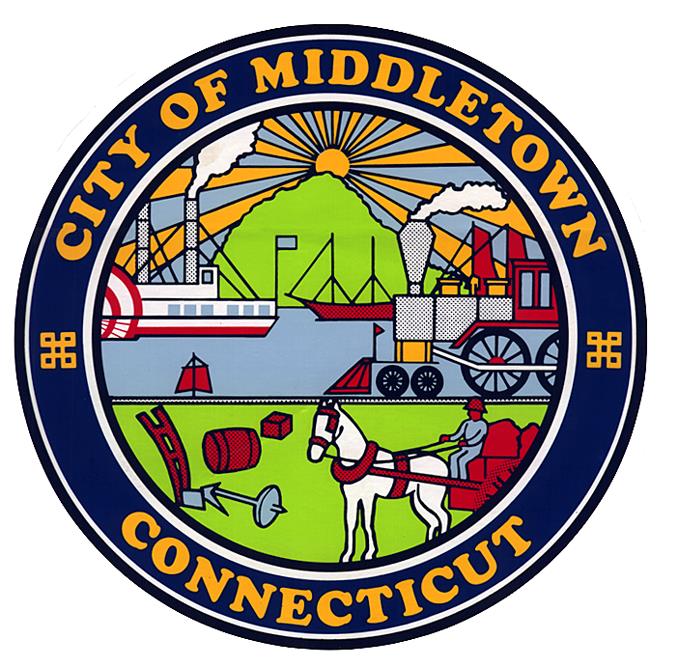 As most of you are aware, the state is bracing for a trash disposal crisis. In CT we are losing the capacity to handle our waste in-state, which will increase the impact on the environment and increase costs for everyone.
As most of you are aware, the state is bracing for a trash disposal crisis. In CT we are losing the capacity to handle our waste in-state, which will increase the impact on the environment and increase costs for everyone.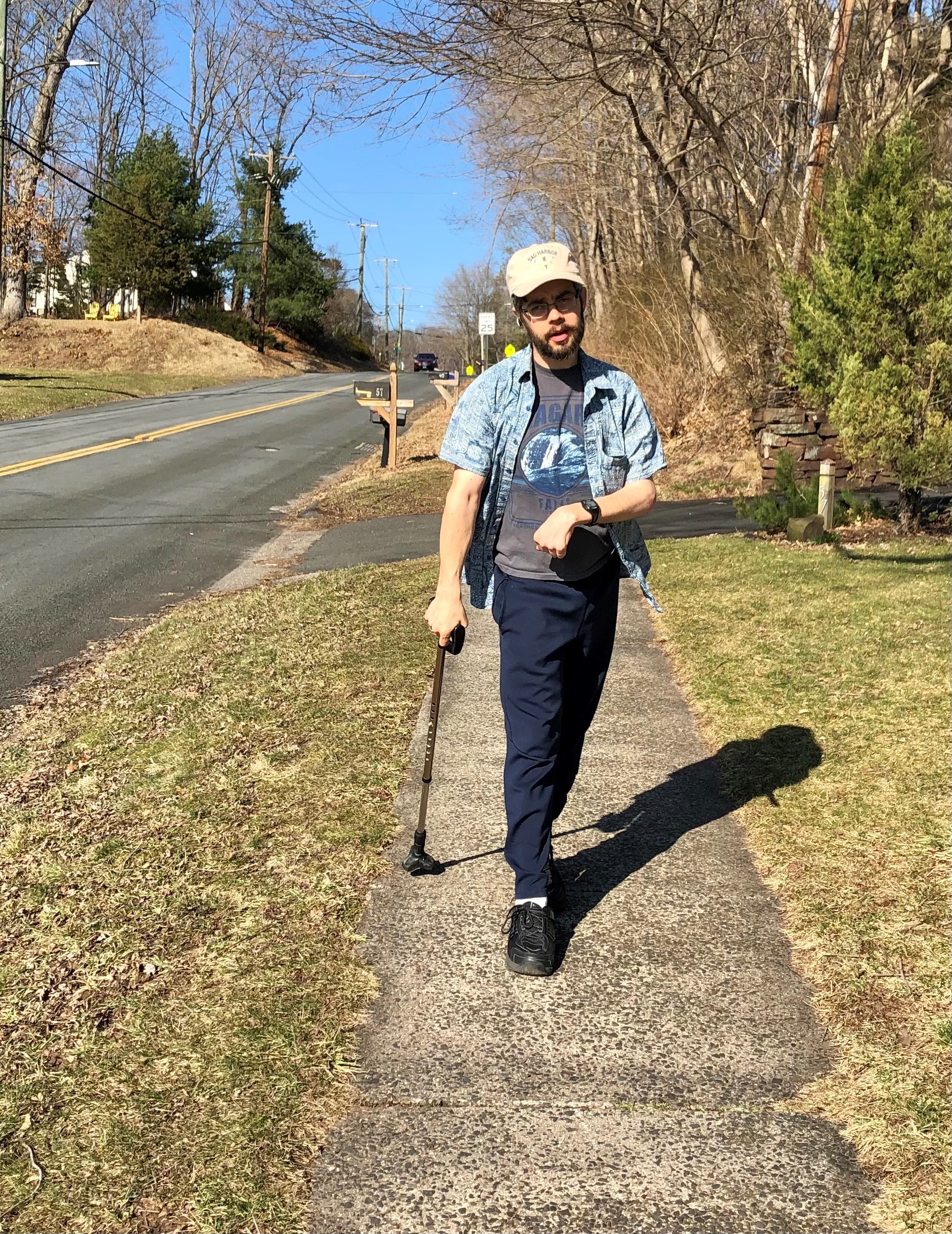 “Every day, weather permitting, I walk up and down High Street on the sidewalk across from my house,” says Ben Foley. “When the weather is nice, I like to go to the Portland Reservoir or the Air Line Trail.”
“Every day, weather permitting, I walk up and down High Street on the sidewalk across from my house,” says Ben Foley. “When the weather is nice, I like to go to the Portland Reservoir or the Air Line Trail.” Middletown city representatives have been working hard to provide information about the RIVERBEND development planned for Middletown. The project is being developed very carefully, with information, opportunities to provide input, and time for discussion along the way. The successful completion of the project could help make the best of Middletown and its thriving Main St.
Middletown city representatives have been working hard to provide information about the RIVERBEND development planned for Middletown. The project is being developed very carefully, with information, opportunities to provide input, and time for discussion along the way. The successful completion of the project could help make the best of Middletown and its thriving Main St. A key goal of Connecticut’s climate change mitigation plan is to “decarbonize the electricity sector” by 2040. This will require, among other measures, rapid expansion of solar power, which now accounts for 2.5% of the electricity produced in our state. The challenge is daunting. So far, we are not on track to meet it.
A key goal of Connecticut’s climate change mitigation plan is to “decarbonize the electricity sector” by 2040. This will require, among other measures, rapid expansion of solar power, which now accounts for 2.5% of the electricity produced in our state. The challenge is daunting. So far, we are not on track to meet it.